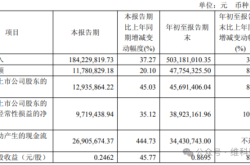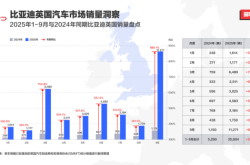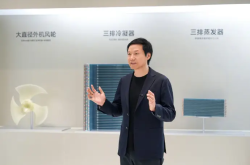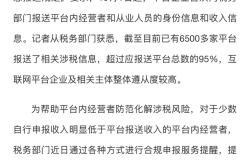The Future of Intelligent Driving Hinges on Suppliers' Role
![]() 04/01 2025
04/01 2025
![]() 616
616
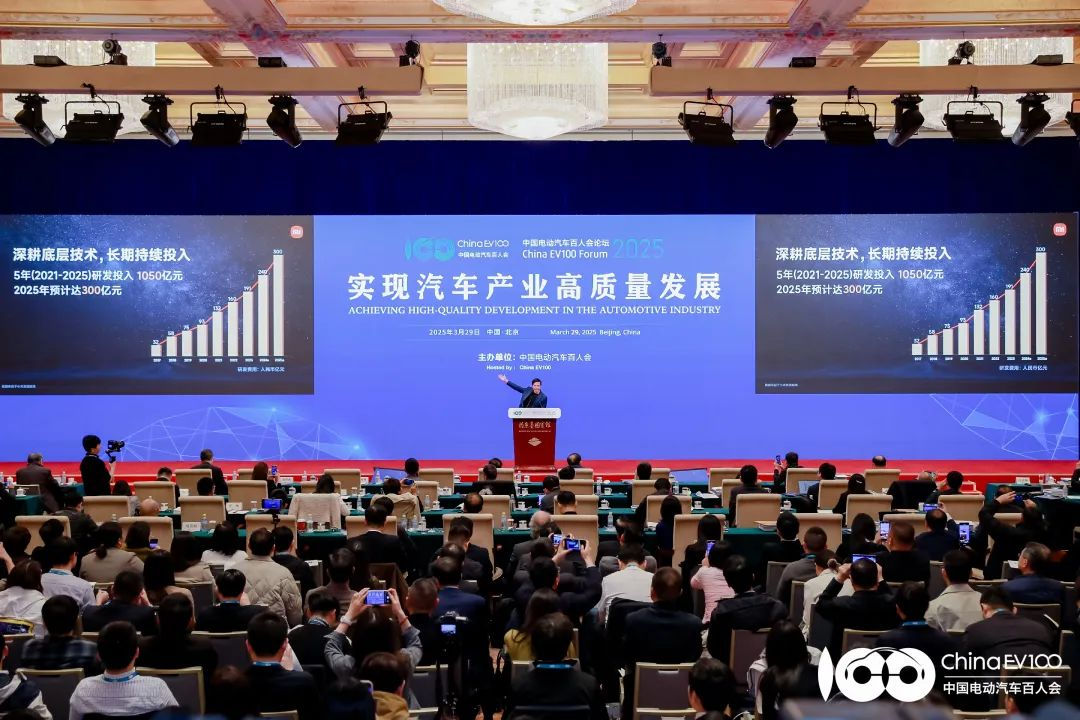
Springtime for Intelligent Driving Suppliers
Author | Wang Lei
Editor | Qin Zhangyong
Automotive enterprises pursuing autonomous driving have found themselves in a vicious cycle:
Initially claiming to conduct in-house research and retain core technologies and data, they have since sought out partners they once overlooked, after facing numerous challenges.
This shift in attitude has been marked by detours, including substantial investments yielding no returns or plans unable to keep pace with technological advancements, necessitating strategic adjustments.
Nonetheless, intelligent driving continues to advance. What roles do upstream and downstream players play in this domain? What strategies should automotive enterprises and suppliers adopt? The recently concluded China EV100 Forum offered fresh insights.
Yu Kai, founder and CEO of Horizon Robotics, predicted that intelligent driving technology will exhibit an "80-20" pattern in the future, with 80% of automotive enterprises outsourcing mature solutions.
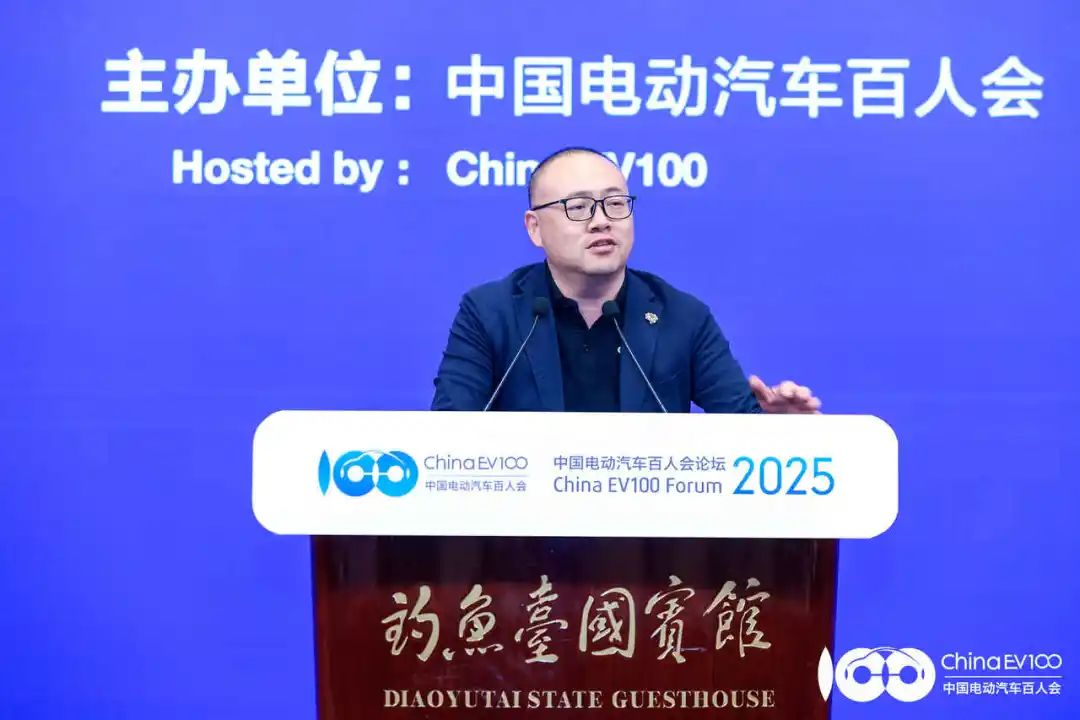
Wu Yongqiao, president of Bosch Intelligent Driving China, was more forthright, stating that Tesla's FSD is a generation ahead of domestic solutions. He believes that full-stack in-house research is unnecessary for automotive enterprises, and OEMs should prioritize algorithm iteration for enhanced user experience and after-sales service.
Setting aside any suspicion of product promotion, the fact remains that most automotive enterprises engaged in intelligent driving rely on suppliers.
These intelligent driving solution providers have been highly active. For instance, DJI announced its L3L4 mass production architecture and roadmap for the first time, while Yuanrong Qixing stated that VLA will be installed in vehicles by mid-year.
For OEMs, there are more pressing matters to attend to.
01
FSD: A Generation Ahead
As is well-known, after Tesla's FSD entered China, spontaneous large-scale road tests by users transformed it into a "high-level traffic violation tool" through self-testing.
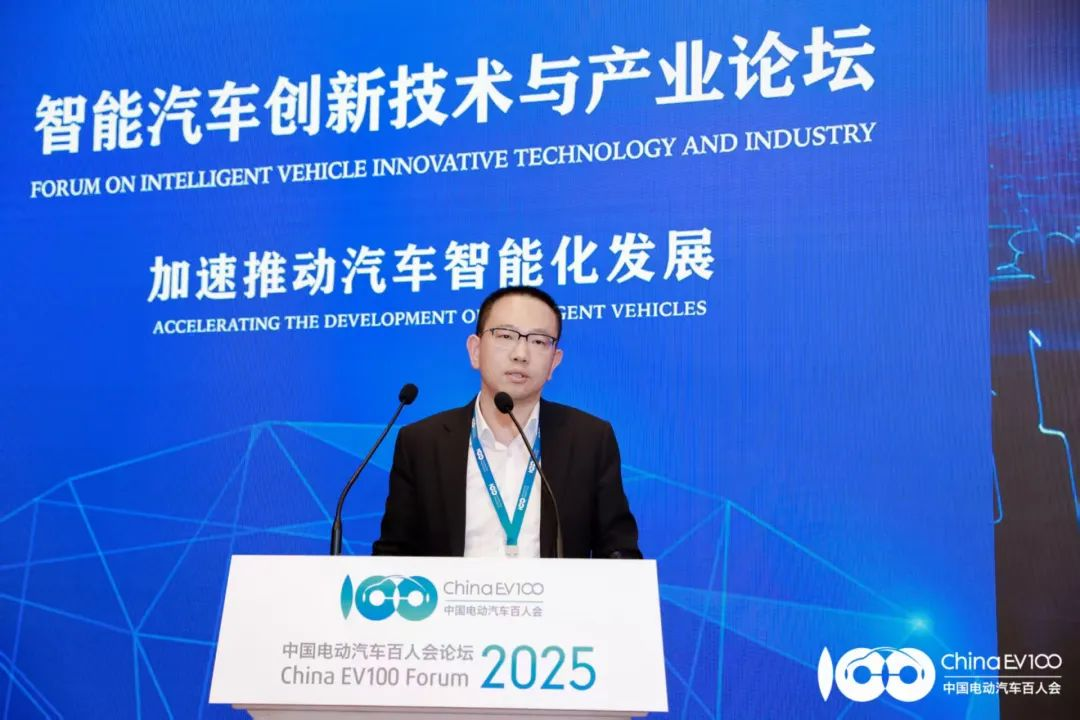
Wu Yongqiao's public "disagreement" stems from his test-drive experience with the Cybertruck in the United States during the CES exhibition in January. Reviewing the experience at the forum, he used three "extremely"s to describe Tesla's FSD driving experience:
"A 6-meter-long car, after the test drive, was extremely shocking, offering three distinct characteristics: extremely confident, extremely safe, and extremely comfortable."
Wu Yongqiao also mentioned having test-driven almost all top-tier end-to-end models, "including the top five to seven, with an inconspicuous gap, differing by about three to four months from the best. This is vastly different from previous eras."
However, Wu Yongqiao has not experienced these three characteristics with any domestic intelligent driving solutions, and he candidly admitted that many may disagree with this viewpoint.
In his opinion, the disruption lies in its one-stage end-to-end "perception-decision-control" architecture, which condenses 20 million lines of traditional code into a single neural network, directly generating control signals like steering wheel angle and throttle depth through camera input, achieving instantaneous decision-making akin to a "human driving reflex arc".
In contrast, domestic mainstream solutions still employ a hybrid "BEV perception + rule-based control" architecture, which is logically rigid and inadequate in handling long-tail scenarios.
Even Tesla's official account posted such an imaginative message on social media platforms:
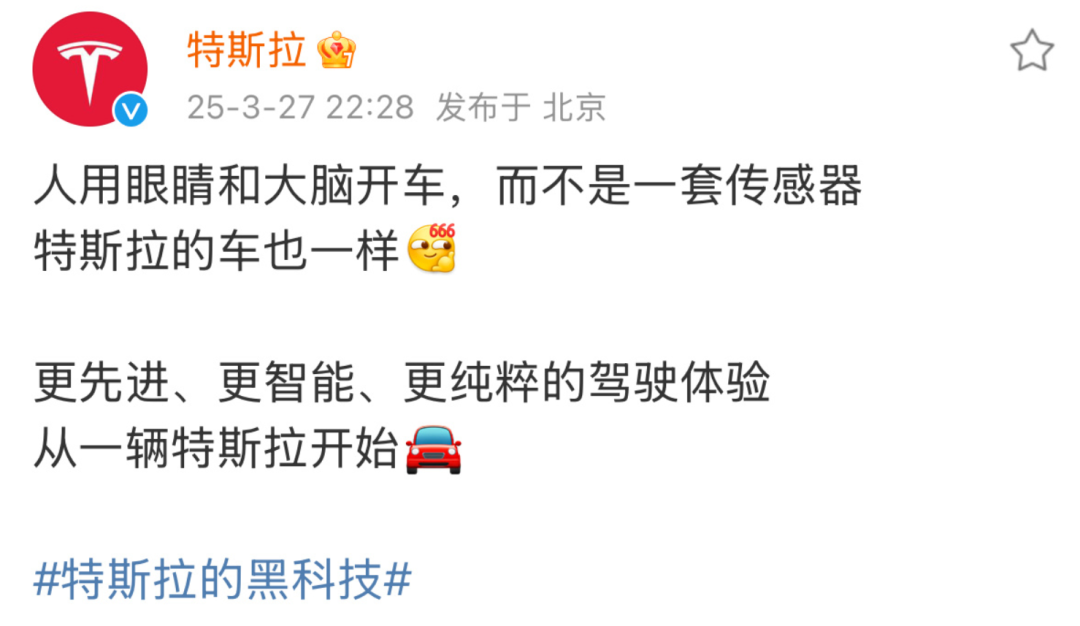
02
Not Worth the Effort
Additionally, Wu Yongqiao presented another viewpoint at the forum:
"Within three years, mid-level intelligent driving with standard configurations of 80,000-150,000 yuan, featuring 80-150 TOPS, will lead OEMs to abandon full-stack in-house research."
He cited BYD's "Tian Shen Zhi Yan C" released in February as an example, showcasing a mass production solution for mid-level intelligent driving in 80,000-150,000 yuan models. It is predicted that by 2028, models in this price range will be fully equipped with L2+ intelligent driving functions as standard.
Once technology becomes a standard feature, OEMs need not conduct full-stack in-house research but should instead delegate standardization tasks to suppliers. The marginal benefits of OEMs repeatedly investing in data closed-loop construction will diminish significantly. For instance, Bosch invested nearly 2 billion in intelligent driving last year, and if OEMs continue to maintain high R&D costs,
"Intelligent driving will become a standard feature like seat belts. OEMs should focus on optimizing user experience and after-sales service rather than repeatedly investing in data closed-loop construction."
Secondly, the cost-effectiveness of human resource investment is low. If an OEM conducts in-house research on intelligent driving, it requires a team of one or two thousand people, which can only develop a dozen models. In contrast, a supplier with the same team for intelligent driving may serve seven or eight customers and develop dozens of models.
Finally, there is the issue of time. It takes three years for an OEM to fully develop its own stack to connect all processes. Conversely, in terms of high-level intelligent driving, the supply chain may not meet the OEM's needs for user experience and after-sales service.
Furthermore, he believes that when intelligent driving becomes a standard feature, the AI cabin will be the next primary battlefield for OEMs to differentiate themselves. In Wu Yongqiao's view, high-level intelligent driving and L3 and higher-dimensional autonomous driving are suitable for OEM in-house research, while mid-level intelligent driving should be outsourced to the supply chain.
Echoing Wu Yongqiao's assertion, Yu Kai, founder of Horizon Robotics, said, "OEMs' in-house research and outsourcing of intelligent driving solutions will follow an 80-20 ratio, with 20% of automotive enterprises conducting in-house research and 80% finding the strongest partners."
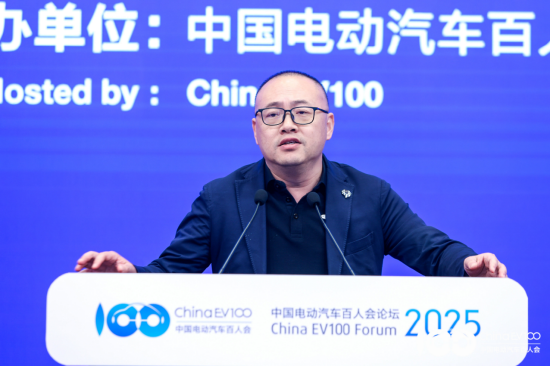
Yu Kai believes that as a standardized function, the input-output ratio of automotive enterprises' in-house research in intelligent driving is low, and collaborating with third-party solutions is a more efficient choice.
Although both Yu Kai and Wu Yongqiao emphasize the importance of suppliers, there are minor differences in their viewpoints. Yu Kai refers to all intelligent driving solutions, while Wu Yongqiao's viewpoint primarily focuses on mid-level solutions.
However, both parties convey a core message: in the general trend of intelligent driving popularization, distancing oneself from "suppliers" is not advisable.
This is indeed the case. For instance, BYD and Geely have chosen to outsource models with lower system and hardware costs, more pressing on-board needs, and a larger number of applications to Horizon Robotics, achieving rapid intelligent driving popularization across their entire model line.
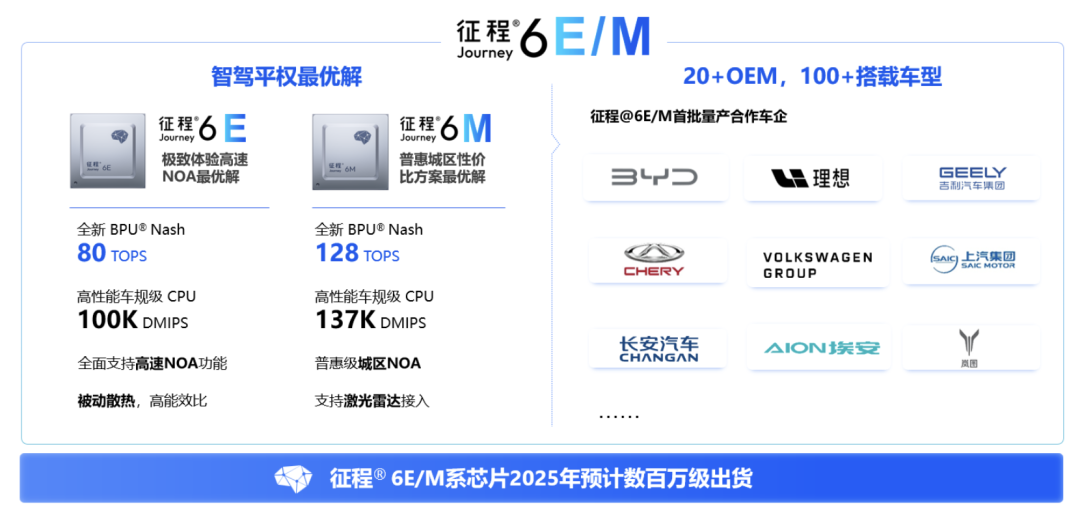
Yin Tongyue, chairman of Chery, also highlighted its cooperation with Horizon Robotics and Qingzhou Zhinavigation in intelligent driving at the China EV100 Forum. Great Wall Motors invested in another autonomous driving company, Yuanrong Qixing, in 2024.
Emerging players such as NIO, XPeng, and Li Auto are also seeking external suppliers' assistance. Li Auto's Pro model chose Qingzhou Zhinavigation, while NIO also brought in Horizon Robotics for its third brand, Firefly.
Most notably, SAIC, once a proponent of the "soul of intelligent driving," broke its own vow this year and began embracing Huawei's intelligent driving solutions.
As the "in-house research fever" wanes, the relationship between OEMs and suppliers is also undergoing subtle changes.
03
Auto Enterprises Aim for Higher Levels
At the beginning of 2025, many automotive enterprises have already embarked on an "arms race" for L3 autonomous driving. In January, Yu Chengdong stated that Huawei's ADS 4.0 system will achieve L3 autonomous driving on highways on the Zunjie S800 model in collaboration with JAC.
Shortly thereafter, XPeng announced that it would launch true L3 autonomous driving technology by the end of 2025. Li Xiang, founder of Li Auto, also stated that 2025 is a pivotal year for Li Auto to achieve L3 autonomous driving, with plans to implement "supervised intelligent driving" through an end-to-end technology framework.
Chery also announced at its intelligent strategy conference that it will be the first to achieve mass production of L3 technology on vehicles by 2026.
At the China EV100 Forum, many enterprise representatives discussed the timing for launching mass-produced models with L3 autonomous driving and even higher-level autonomous driving in 2025.
Gan Jiayue, CEO of Geely Automobile Group, stated that L3 technology will be launched this year. The all-new flagship SUV of Geely's sub-brand Zeekr, the Zeekr 9X Guanghui, will be equipped with the L3 autonomous driving technology architecture H9 and will also make its official debut at the Shanghai Auto Show.
Gao Rui, deputy general manager of GAC Group, mentioned that this year, they will launch the sales of China's first mass-produced L3 autonomous driving model. Additionally, the first L4 autonomous driving pre-installed mass-produced model collaborated by GAC and Didi will roll off the assembly line and be delivered. By 2027, GAC will officially launch L4 autonomous driving models for consumers.
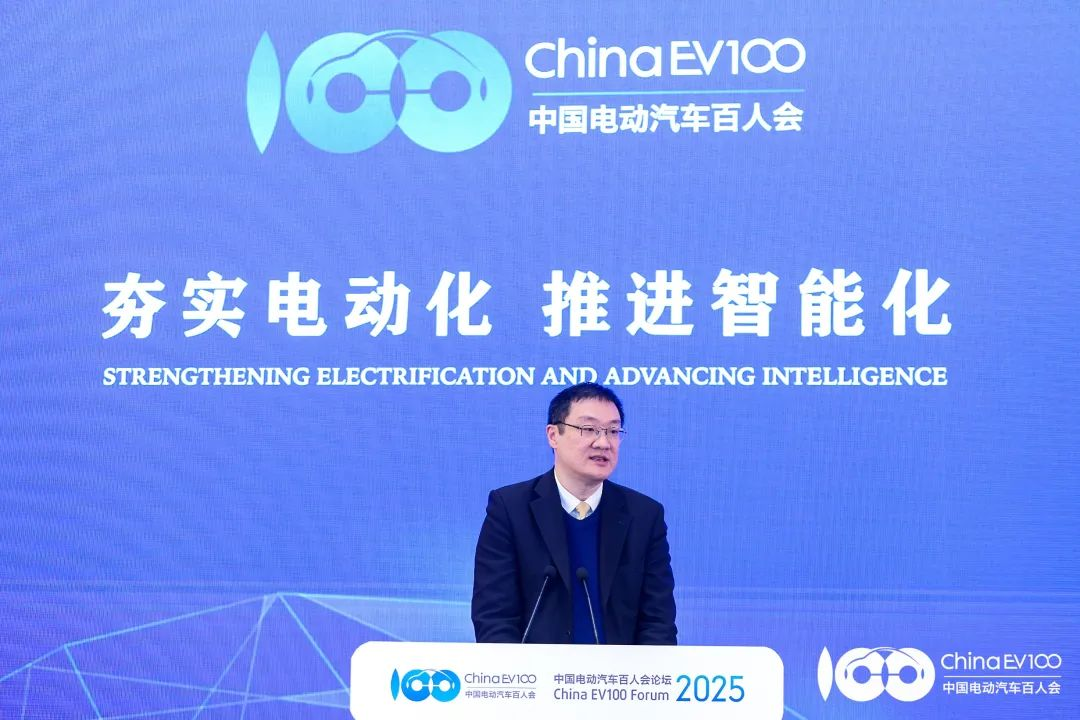
Tao Ji, chief intelligent driving technology officer of Changan Automobile, said that autonomous driving has entered the fast lane, and it is expected to transition from L3 to L4 in just four years, which is just around the corner.
Evidently, after accomplishing the phased completion of "intelligent driving equalization," automotive enterprises have set their sights on higher-level autonomous driving.
According to Yu Kai's "intelligent driving three-five-ten prediction," it will take three years to achieve hands-off driving (handsoff), five years for eyes-off driving (eyesoff), and ten years for mind-off driving (mindsoff).
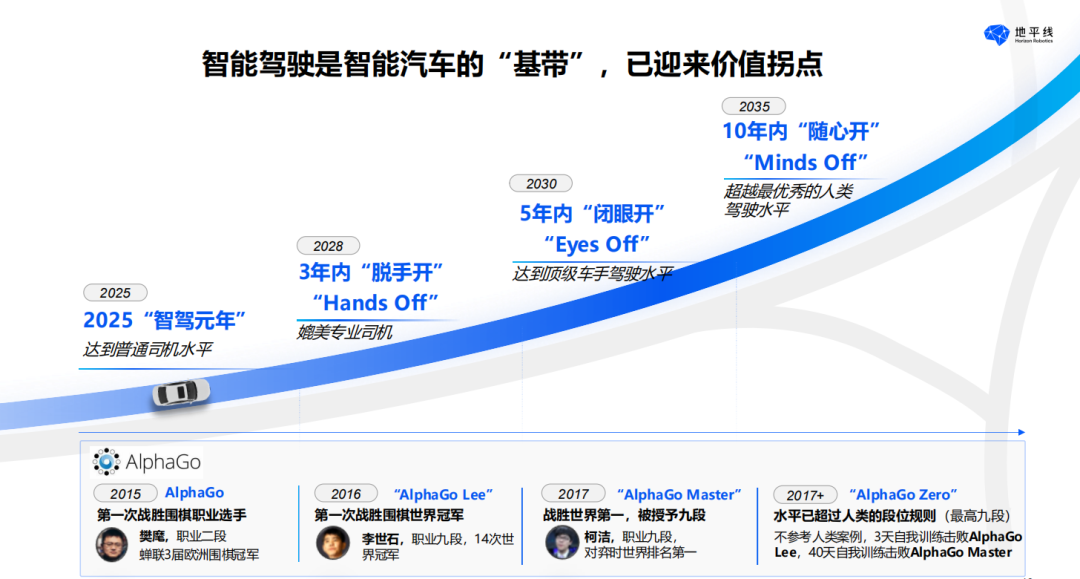
In his view, the inflection point for intelligent driving has arrived.
Xin Guobin, Vice Minister of the Ministry of Industry and Information Technology, stated that it is imperative to accelerate the industrialization of autonomous driving, promote pilot projects for the admission and road access of intelligent and connected vehicles, improve the standard system, conditionally approve the production access of L3 autonomous driving models, and facilitate the enhancement of laws and regulations such as road traffic safety insurance.
Zhang Yaqin, academician of the Chinese Academy of Engineering and dean of the Institute for AI Industry Research (AIR) at Tsinghua University, predicted that unmanned driving will usher in its "ChatGPT moment" this year.
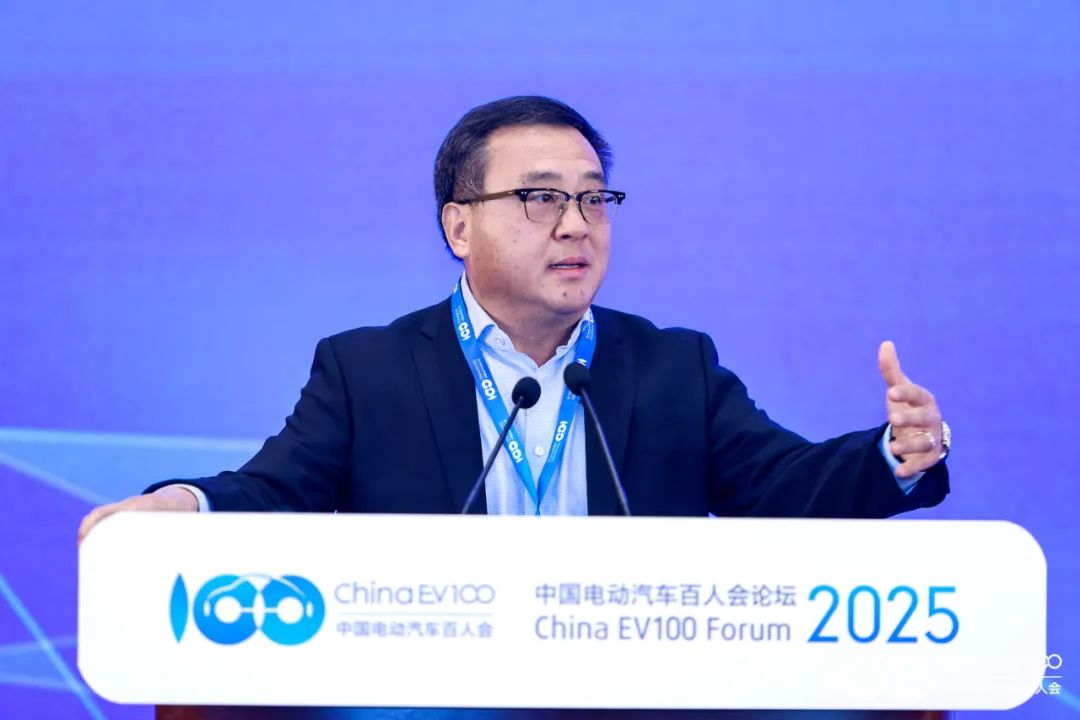
He said that if Waymo lands smoothly in the United States, and Baidu, WeRide, and Pony.ai perform well in China, this year will mark the ChatGPT moment for unmanned driving. However, achieving large-scale implementation will take longer, with 10% of new vehicles having L4 capabilities by 2030, when unmanned driving will also enter its DeepSeek moment.

